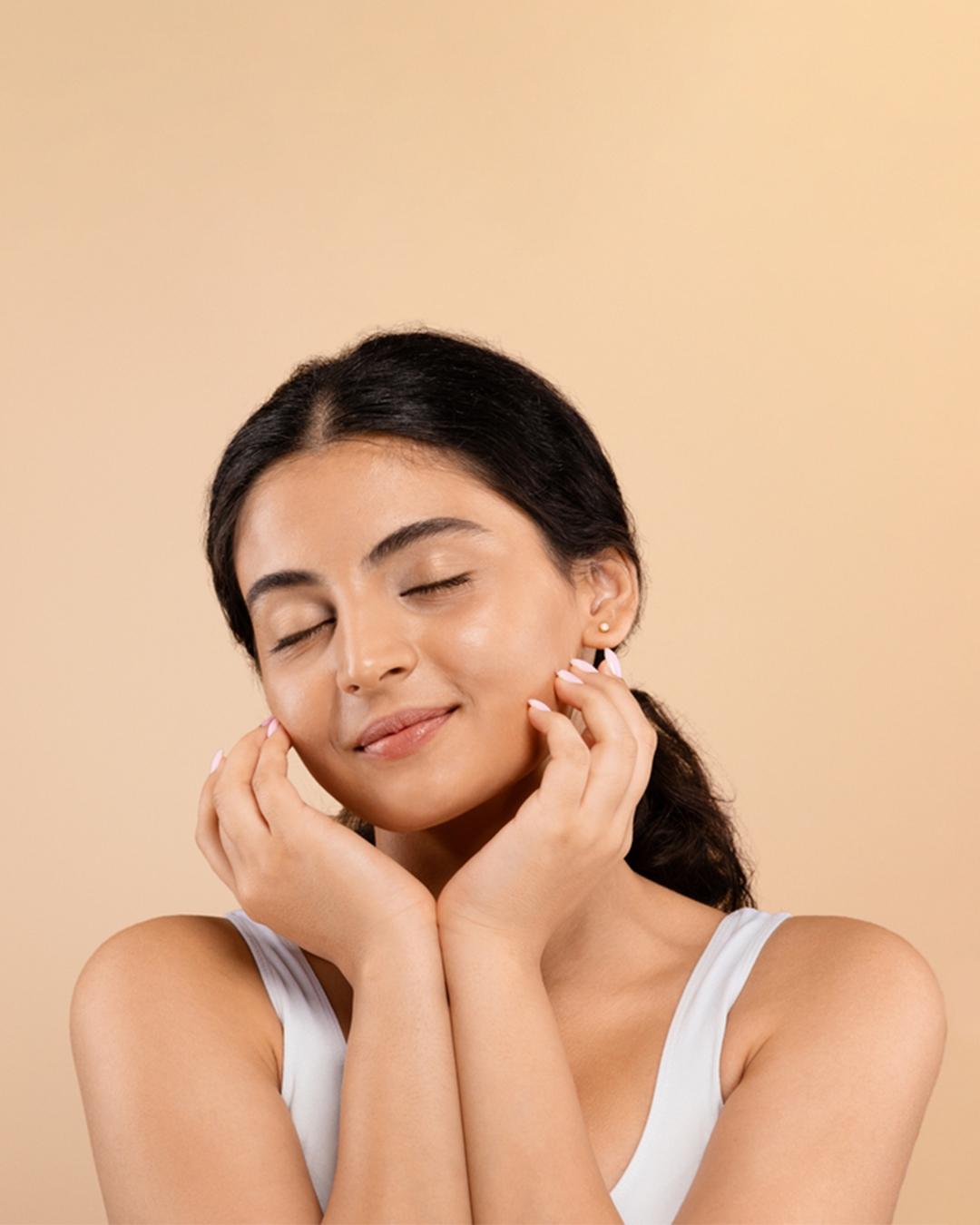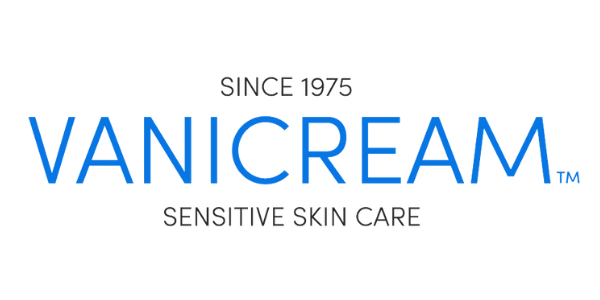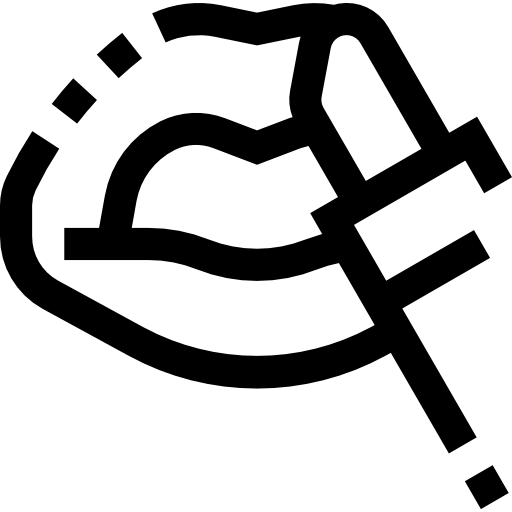Blogs
How to Identify Your Skin Type | A Simple Guide for Bangladeshi Women

Are you tired of trial and error with skincare products? You’re not alone. Understanding how to identify your skin type is the first step to building an effective skincare routine. So we’re here to help! 7 out of 10 Bangladeshi women use skincare products that don’t match their actual skin type, leading to wasted money and ongoing skin problems. Most of the women doesn’t know how to identify their skin type and ask themselves ” what’s my skin type “
Knowing your skin type is the first step in building a skincare routine that works for you. With Bangladesh’s hot, humid weather, skin problems like too much oil, dryness, and irritation are common challenges. Understanding your skin type helps you avoid products that aren’t right for you and choose ones that are, leading to healthier, glowing skin. This guide will help you identify your skin type and, most importantly, which ingredients you should use and which to avoid for the best skincare results.
Why Is Knowing Your Skin Type Important for Bangladeshi Women?
You’re rushing to get ready for work in Dhaka’s humid morning. Your carefully applied foundation is sliding off before you even reach the office. Meanwhile, your friend’s makeup stays flawless all day. The difference? She knows her skin type and chooses products that work with her skin, not against it. Bangladesh’s weather includes high moisture in the air (averaging 80%) during rainy season and hot, dry conditions during summer, creating special challenges for skincare (Bangladesh Meteorological Department, 2023). Research shows that women in hot, wet climates like Bangladesh often have more oily skin, which can lead to different skincare needs compared to those in cooler climates (Wan et al., 2020).
Recent studies show that 65% of Bangladeshi women between ages 20-40 struggle with identifying their correct skin type, leading to choosing the wrong products and skin problems (Rahman et al., 2022).
Have you ever bought an expensive moisturizer that your favorite influencer loved, only to end up with clogged pores or an oily face? That’s a clear sign you’re using products for the wrong skin type.
Let’s break down how to correctly determine your skin type and stop wasting money on products that don’t work for you.
How to Identify Your Skin Type
1. Start with Clean Skin
Before figuring out your skin type, it’s important to clean your face properly:
- Use a gentle, balanced cleanser to remove makeup, dirt, and outside dirt
- Avoid harsh soaps that can damage your skin’s natural protection
- Pat your face dry with a soft towel—never rub
- Let your skin breathe for about an hour without putting on any products
Think about how your skin feels after a morning shower when you haven’t yet applied any products. That brief window offers the most honest look at your natural skin condition.
This step allows your skin to return to its natural state, enabling you to accurately check how it behaves. Research shows that leftover products can hide your skin’s true characteristics (Draelos, 2018).
2. Observe How Your Skin Feels After an Hour
After giving your skin time to reset, pay attention to how it feels and looks:
Oily Skin
If your skin feels greasy or looks shiny, especially around the T-zone (forehead, nose, chin), you likely have oily skin. This happens because your skin makes too much oil. In a study published in the Journal of Cosmetic Dermatology, researchers found that too much oil often leads to clogged pores and pimples, a common concern among Bangladeshi women living in humid city environments (Friedrich et al., 2014).
Common signs:
- Shiny appearance, especially by midday
- Large pores, particularly in the T-zone
- Prone to blackheads and pimples
- Makeup tends to slide off throughout the day
Dry Skin
If your skin feels tight, flaky, or rough to touch, you may have dry skin. Dry skin happens when the skin lacks moisture and natural oils. The American Academy of Dermatology notes that dry skin can cause fine lines and irritation, which becomes more common during Bangladesh’s cooler, drier winter months from December to February.
Common signs:
- Feels tight or uncomfortable after washing
- May have flaky patches, especially around cheeks and mouth
- Fine lines appear more visible
- Makeup may look patchy or uneven
Combination Skin
If your skin feels oily in the T-zone but dry or normal on your cheeks, you probably have combination skin. This is the most common skin type among Bangladeshi women, affecting about 54% of women aged 20-40 (Islam et al., 2021).
Common signs:
- Oily T-zone (forehead, nose, chin)
- Dry or normal cheeks
- Large pores in the T-zone only
- Season changes may make either oiliness or dryness worse
Sensitive Skin
If your skin becomes red, itchy, or irritated easily, you may have sensitive skin. A 2015 study published in the Journal of Dermatology highlights that sensitive skin needs special care, as it tends to overreact to things like temperature changes and skincare products (Misery et al., 2015). Research shows this affects about 35% of Bangladeshi women, particularly those living in city areas with higher pollution levels (Ahmed & Rahman, 2023).
Common signs:
- Reacts easily to products, weather, or stress
- May become red, itchy, or develop rashes
- Can burn or sting after using products
- May have visible tiny red lines (broken blood vessels)
Are you still unsure about your skin type? The next two simple at-home tests could reveal what expensive salon consultations might miss. Keep reading to discover your skin’s true nature!
3. The Blotting Paper Test: A Quick Check
Did you know the simple blotting paper test that costs 1500 taka at high-end beauty places can be done at home for less than 100 taka?
Another simple way to determine your skin type is by using blotting paper, widely available in pharmacies across Bangladesh:
- Wash your face with a gentle cleanser
- Wait 1-2 hours without applying any products
- Press a blotting sheet on different areas of your face
- Hold the sheet up to light to see how much oil it absorbed
Results meaning:
- Lots of oil on the paper: Oily skin
- Oil mainly from T-zone: Combination skin
- Little to no oil: Dry or normal skin
A study in the Asian Journal of Beauty and Cosmetology found this test to be 85% accurate in determining basic skin types (Park et al., 2019).
4. Look at Your Pores
Your pores can provide helpful clues about your skin type:
- Large, visible pores (especially in T-zone): Usually means oily skin
- Small, barely visible pores: Often suggests dry or normal skin
- Mixed pore sizes: Common in combination skin
For a closer look, use a magnifying mirror in natural daylight or take a clear selfie in good lighting to examine your skin’s texture.
5. Consider Bangladesh’s Weather and Season Changes
Ever noticed how your skin seems to change between seasons? You’re not imagining it!
Bangladesh’s hot, rainy weather significantly affects skin behavior throughout the year:
- March-May (Summer): High temperatures (33-36°C) can increase oil production
- June-October (Rainy season): Extreme humidity (80-90%) may cause clogged pores and breakouts
- November-February (Winter): Lower humidity (55-65%) can lead to dryness and tightness
A study published in The International Journal of Dermatology showed that humidity levels greatly impact oil production and skin hydration, making it important to adjust your skincare routine with the seasons (Hunt et al., 2017).
Bangladesh’s air pollution, particularly in Dhaka (which often exceeds 150 AQI), can also affect skin health by increasing damage and making skin more sensitive (World Air Quality Report, 2023).
Did you know that 82% of women who change their skincare with the seasons report much better skin? Continue reading to discover which specific ingredients your unique skin type needs—and which popular ingredients might be working against your skin goals.
In addition to the widely known characteristics of skin types, here are a few more clues to help you identify your skin:
- Oily Skin: If you’re noticing a lot of blackheads, especially in areas like the nose and chin, this can be a sign of oily skin. The extra oil can clog pores and lead to blackheads.
- Dry or Dehydrated Skin: Whiteheads, which are small, raised, white bumps, often appear on dry or dehydrated skin. These happen when the skin lacks enough moisture, leading to clogged pores.
6. Watch for Common Skin Issues in Bangladesh
Certain skin conditions common among Bangladeshi women can indicate your skin type:
- Frequent pimples: May indicate oily or combination skin
- Dark spots: Common across all skin types due to Bangladesh’s high sun exposure (average 7-9 throughout the year)
- Melasma (dark patches): Affects 38% of Bangladeshi women aged 25-40, regardless of skin type (Hossain et al., 2021)
- Skin rashes: More common in sensitive skin types
If you experience ongoing skin issues like severe acne, extreme dryness, or unusual rashes, talk to a skin doctor. The Bangladesh Dermatological Society recommends professional evaluation for skin conditions that don’t improve with over-the-counter products within 4-6 weeks.
Ingredients Recommended for Your Skin Type
For Oily Skin
Use:
- Salicylic Acid (1-2%): Helps clean out pores to remove extra oil and prevent breakouts
- Niacinamide (2-5%): Controls oil production and strengthens the skin’s protective barrier
- Tea Tree Oil (5% or less): Natural bacteria-fighter that reduces acne-causing germs without over-drying
- Clay masks (Bentonite or Kaolin): Soak up extra oil and dirt
Avoid:
- Heavy creams: Can make oily areas gritty
- Harsh alcohol: Initially removes oil but triggers increased oil production over time
- Heavy, thick ingredients: Petroleum jelly and mineral oil can trap heat and worsen breakouts in Bangladesh’s humid weather
For Dry Skin
Use:
- Hyaluronic Acid: Pulls moisture into the skin, providing deep hydration
- Ceramides: Fix and strengthen the skin’s natural barrier
- Glycerin: Attracts moisture from the air
- Shea Butter: Rich moisturizer that soothes and protects dry skin
Avoid:
- Drying alcohols: Can further remove natural oils
- Fragrances and essential oils: May cause irritation in already dry skin
- Harsh cleansers: Such as Sodium Lauryl Sulfate, which can upset skin’s balance
For Combination Skin
Use:
- PHA (Polyhydroxy Acid): A gentler option that provides mild exfoliation without excessive drying
- Hyaluronic Acid: Adds moisture without adding oil
- Rose Water: Natural toner that balances skin
- Gel-Cream Hybrid Moisturizers: Provide hydration without heaviness
Avoid:
- Drying Alcohols: Can make dryness worse on cheeks
- One-Size-Fits-All Products: May not address your skin’s different needs
For Sensitive Skin
Use:
- Chamomile Extract: Helps reduce redness and swelling
- Centella Asiatica (Gotu Kola): Reduces redness and helps healing
- Aloe Vera: Calms irritation and provides light hydration
- Oatmeal (Colloidal Oatmeal): Creates a protective barrier and relieves itching
- Vitamin B5 (Panthenol): Helps repair the skin barrier and deeply moisturizes
Avoid:
- Fragrances (both natural and artificial): Leading cause of skin reactions
- Essential Oils: Can trigger sensitivity
- Chemical Sunscreens: Choose mineral-based (zinc oxide, titanium dioxide) options instead
- Strong Acids (Glycolic, Lactic): Can damage skin’s protective barrier
- Strong Exfoliating Acids: Can cause irritation and worsen sensitivity
Traditional Bangladeshi Ingredients for Skincare
Grandmother’s Wisdom Proven by Science: Those old beauty secrets passed down through generations? Modern research now confirms they work!
Bangladesh has a rich heritage of natural skincare ingredients that have been scientifically tested:
- Neem (Azadirachta indica): Studies confirm it fights bacteria and is good for acne-prone skin (Rahman et al., 2021)
- Turmeric (Curcuma longa): Contains curcumin, which helps reduce redness and swelling, good for sensitive and acne-prone skin (Vaughn et al., 2016)
- Multani Mitti (Fuller’s Earth): Soaks up extra oil and dirt, making it excellent for oily skin types
- Sandalwood (Santalum album): Research shows it helps reduce dark spots common in Bangladeshi skin (Majeed et al., 2020)
Before you spend thousands on imported skincare, could the solution be hiding in your kitchen cabinet? The next section reveals affordable local alternatives to expensive international brands!
Special Considerations for Bangladeshi Skin
Dark Spot Management
Bangladeshi skin (Fitzpatrick types III-V) is particularly prone to dark spots after pimples or irritation. To address this:
- Use sunscreen daily (minimum SPF 30, PA+++) regardless of weather
- Include brightening ingredients like alpha arbutin, vitamin C, or tranexamic acid
- Avoid picking or squeezing breakouts, which can worsen dark spots
Pollution Protection
City areas in Bangladesh have high pollution levels that can speed up skin aging:
- Double cleanse in the evening (oil-based cleanser followed by water-based cleanser)
- Use antioxidant serums during the day
- Consider products that protect against pollution containing ingredients like niacinamide or green tea extract
Bangladeshi skin has unique characteristics due to the humid weather, pollution, and genetic factors. Key ingredients good for this skin type include:
- Azelaic Acid – Helps with dark spots and acne
- Kojic Acid – Brightens skin and reduces dark spots
- Glutathione – Known for skin brightening and protection from damage
Create Your Personalized Routine
The average Bangladeshi woman spends a lot on skincare products that don’t work. Knowing your skin type could save you thousands while giving you better results.
Understanding your skin type is the foundation of effective skincare. By correctly identifying whether your skin is oily, dry, normal, combination, or sensitive, you can select products that address your specific needs and concerns.
Remember that skin type can change with age, hormones, seasons, and environment. Check your skin type regularly, especially if you notice changes in how it behaves or responds to products.
By paying attention to your skin’s unique needs and selecting the right ingredients, you can maintain healthy, glowing skin despite Bangladesh’s challenging weather conditions.
Your Action Step: Take 10 minutes tonight to do the blotting paper test described above. Your skin has been trying to tell you what it needs—it’s time to listen.


























































































































